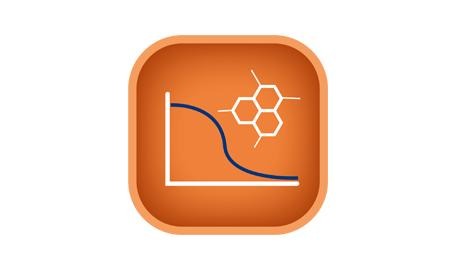
Titian Software is launching Mosaic Assay Requesting - a major module that integrates fully with the Mosaic sample management software suite.
Available from September 2014 with the launched of Mosaic 6.0, Mosaic Assay Requesting is designed to generate major time-savings, improve assay platform efficiency and minimise waste of reagents and consumables.
Using the Requesting module, assay preparation details such as dilution concentrations, delivery form (neat/solution), volumes and plate layout, need only be entered once.
Users can then select assays in a few clicks. Mosaic checks that there is sufficient sample in the organisation’s distributed inventory, and informs the user immediately whether the assay can be performed or not.
For each sample, Mosaic Assay Requesting alerts users if an assay has been previously requested for the same sample, avoiding wasteful duplication of the assay run and minimising use of valuable sample, reagents and consumables.
The module also aggregates all assay requests and provides a summary view for the sample bank operator, who can then decide to consolidate samples requested for the same assay onto the same plates.
This ensures that the assay platforms are working on complete plates as often as possible.
Edmund Wilson, Titian’s chief executive officer, said: “We have worked with a multinational pharmaceutical customer on the development of Mosaic Assay Requesting and the first installation is already delivering workflow improvements. When we presented Assay Requesting at our recent User Group Meeting it was received with great enthusiasm by customers, who recognised the efficiencies and cost-savings that it would bring.
“It is a significant development for Mosaic, and with the formal launch approaching, we invite customers and interested parties to see how Mosaic Assay Requesting can enhance their overall sample and assay management.”
Mosaic is a comprehensive, modular software suite that controls and monitors all aspects of sample storage and preparation.
These include sample inventory tracking and ordering, workflow management, control of third party robotic equipment such as automated stores and liquid handlers, and integration with existing IT systems.




